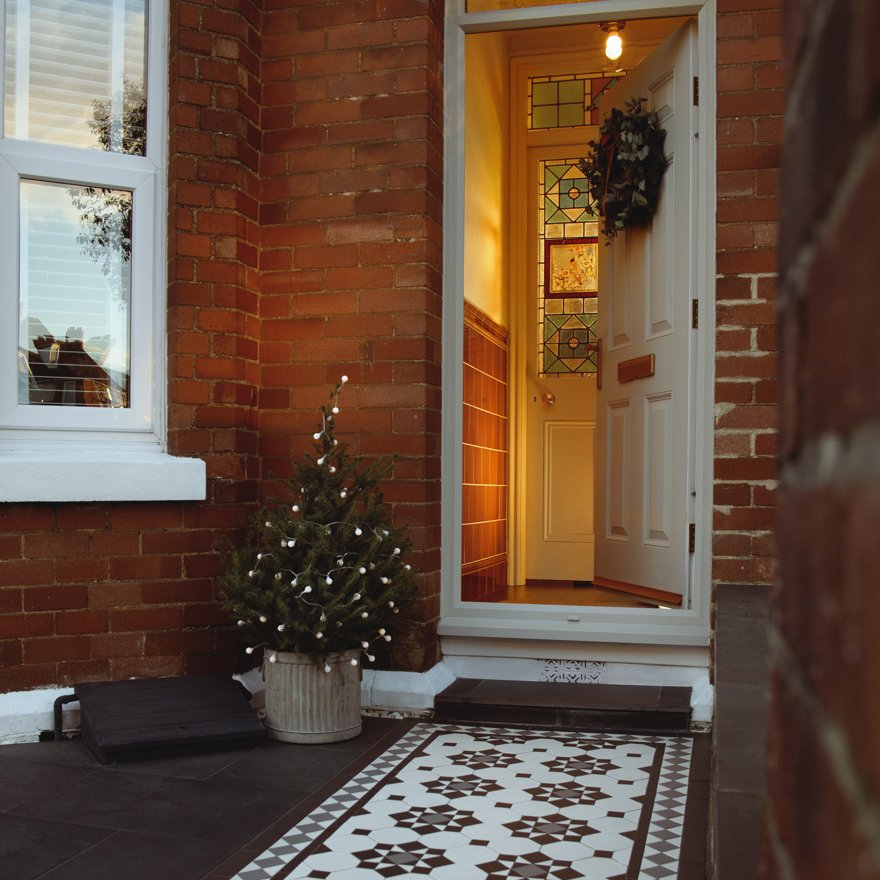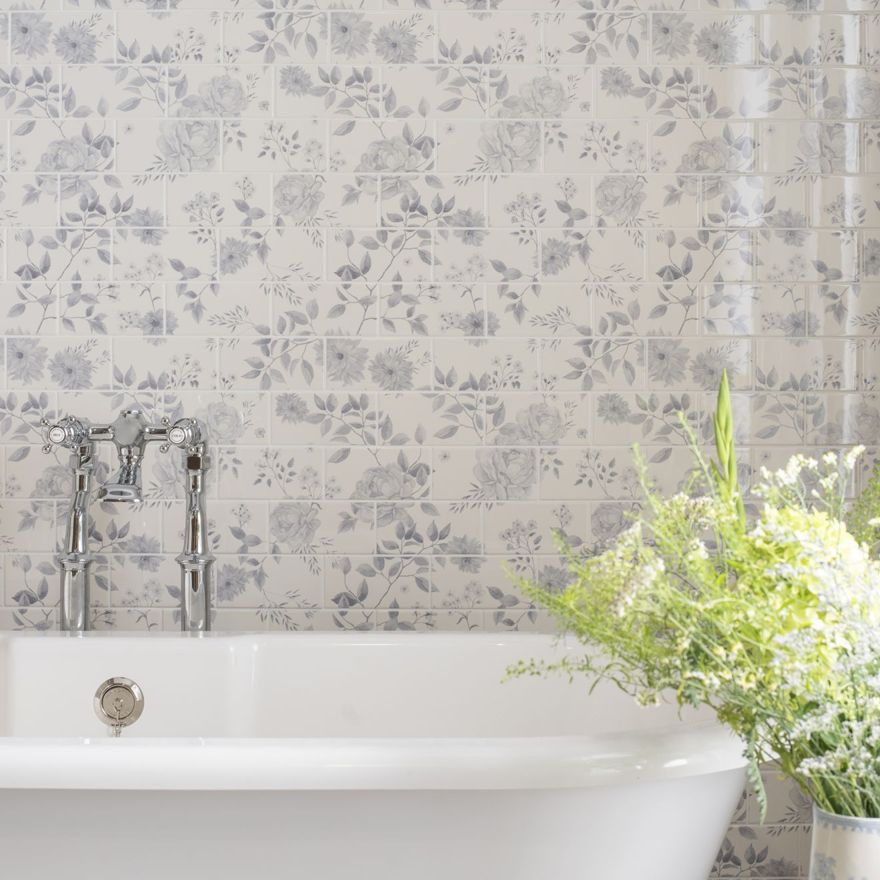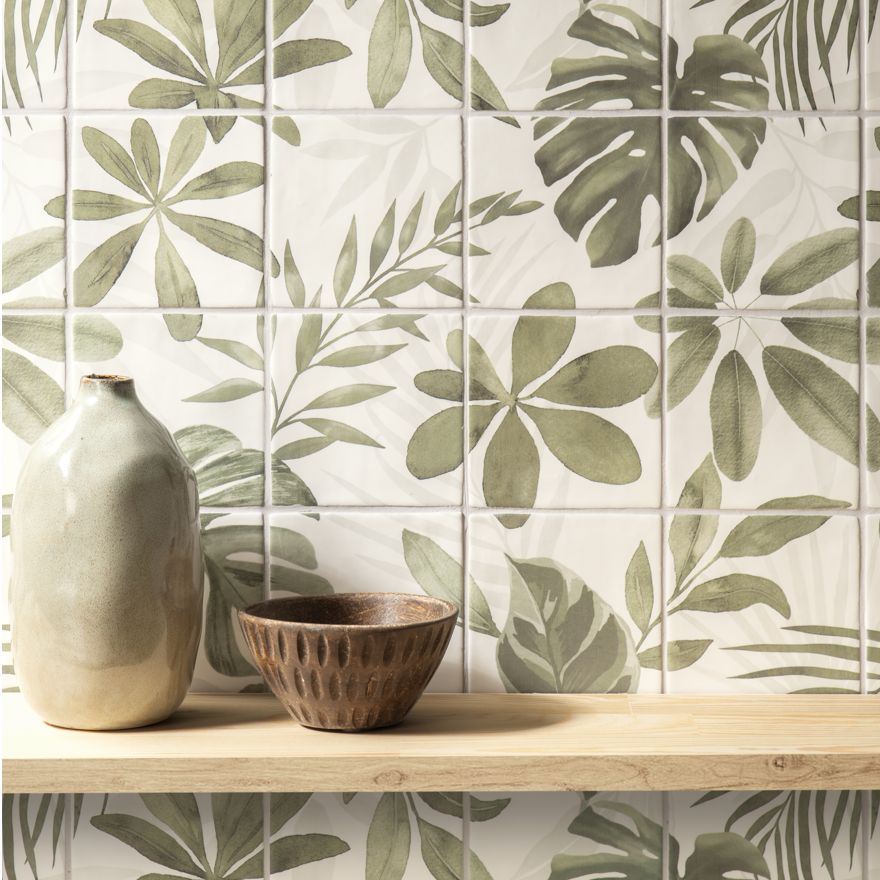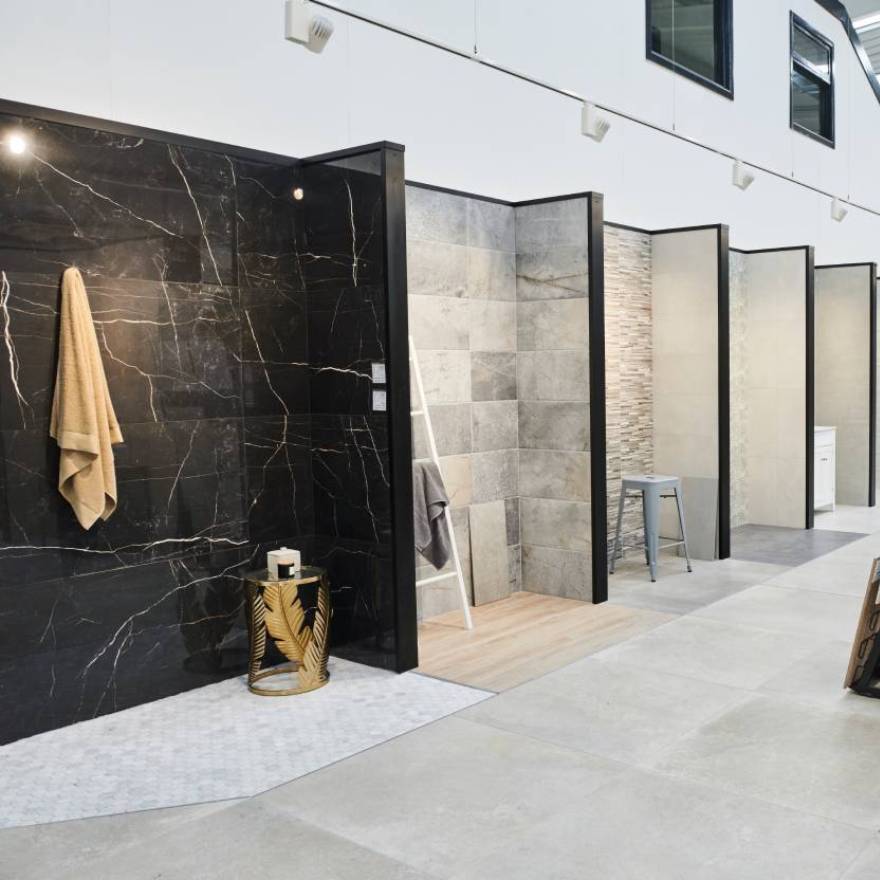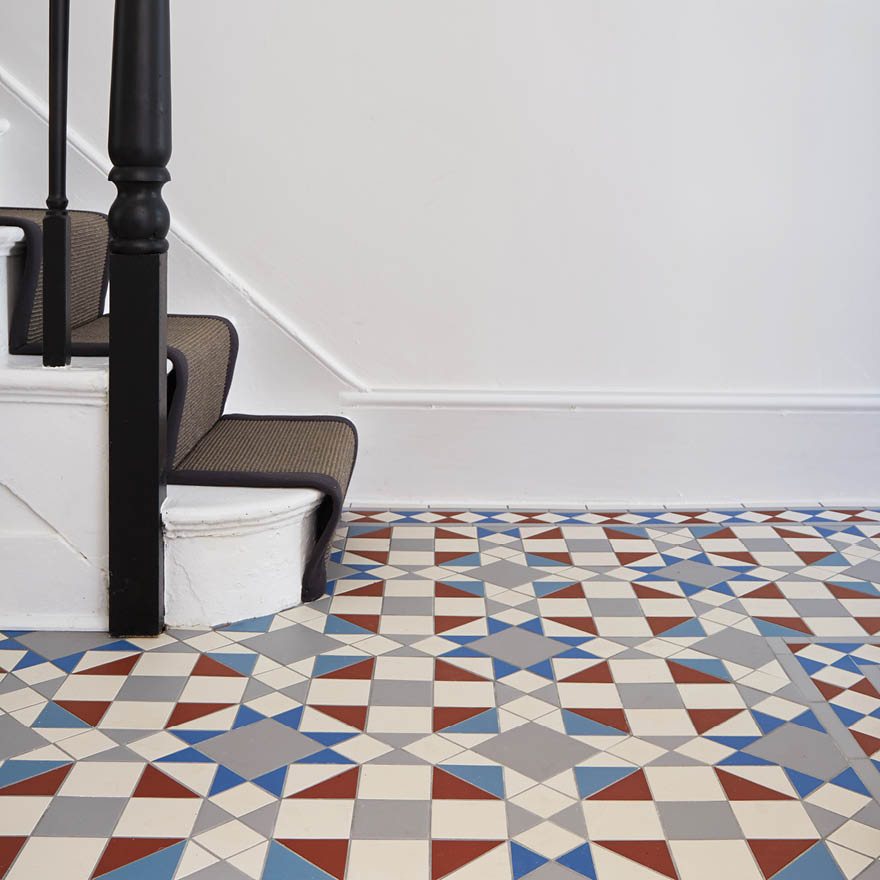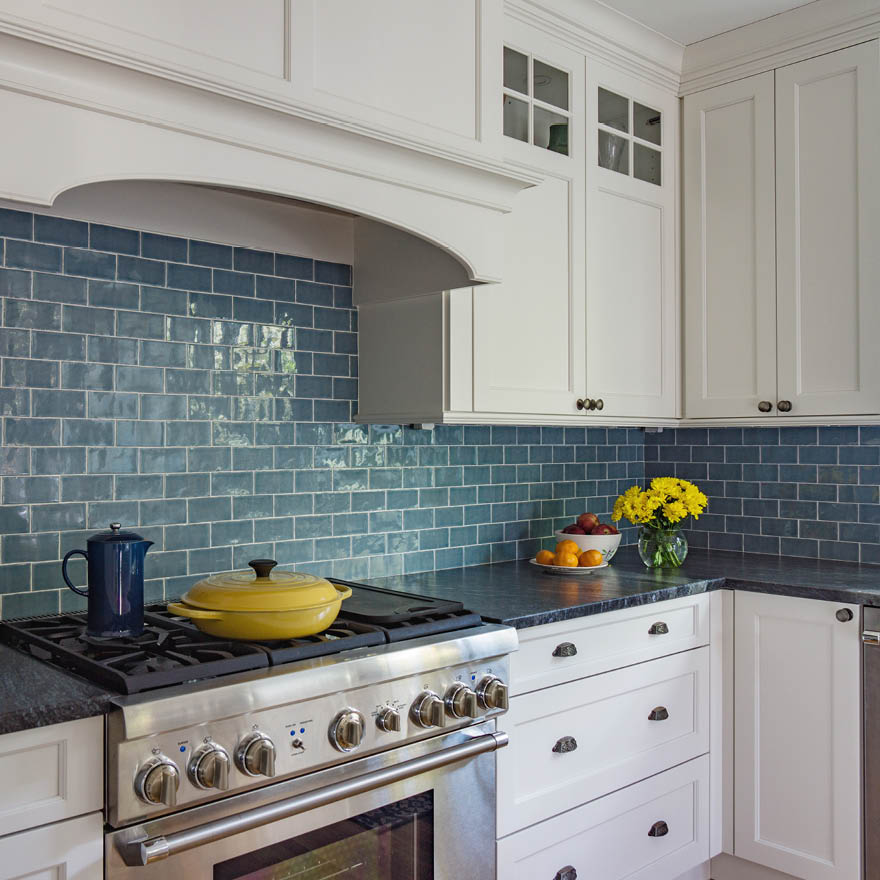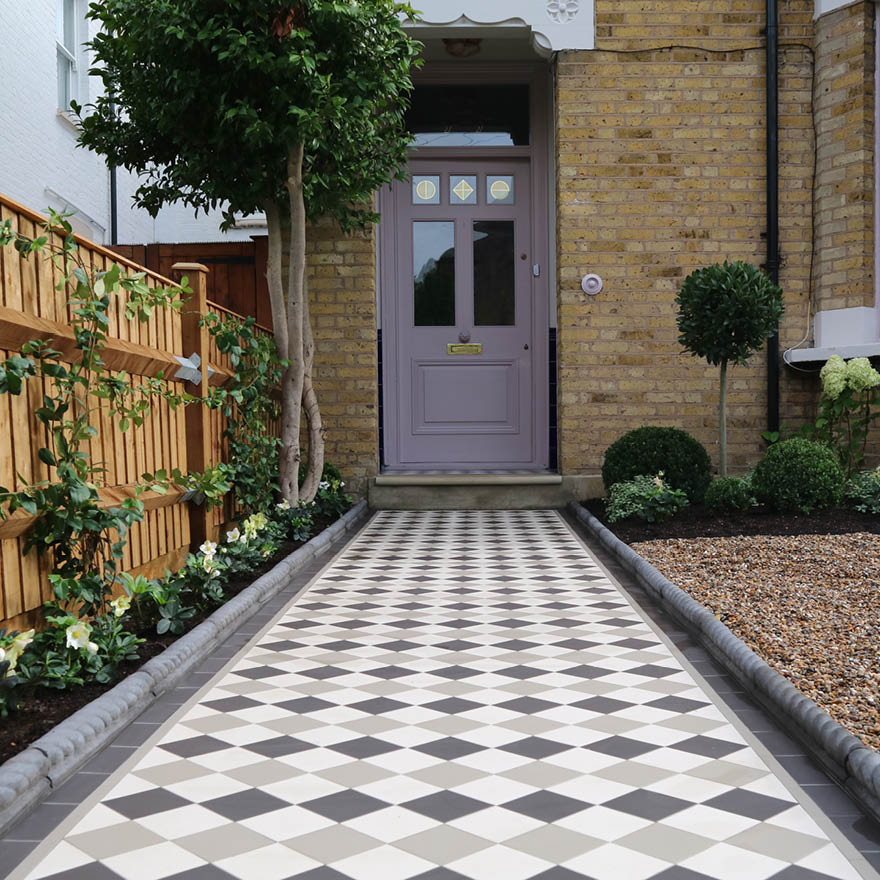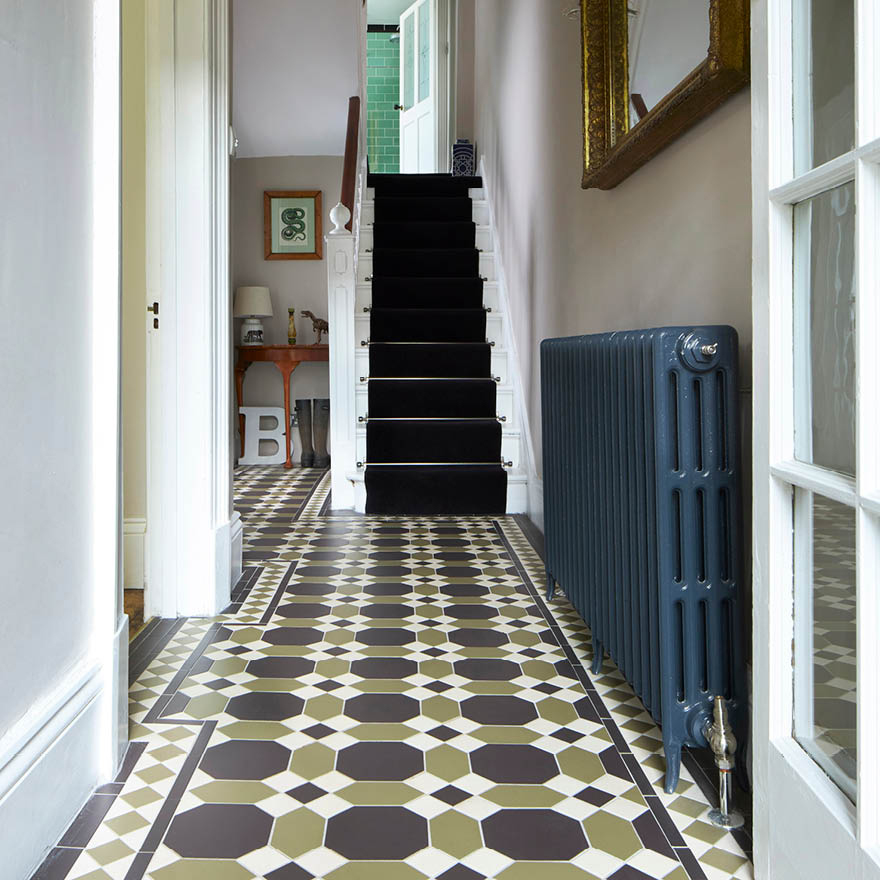Ph: 03330 151276 9am-5:30pm M-F
- 03330 151276 9am-5.30pm M-F
Ph: 03330 151276 9am-5.30pm M-F
- 03330 151276 9am-5.30pm M-F
How to select the perfect Victorian Floor Tile pattern
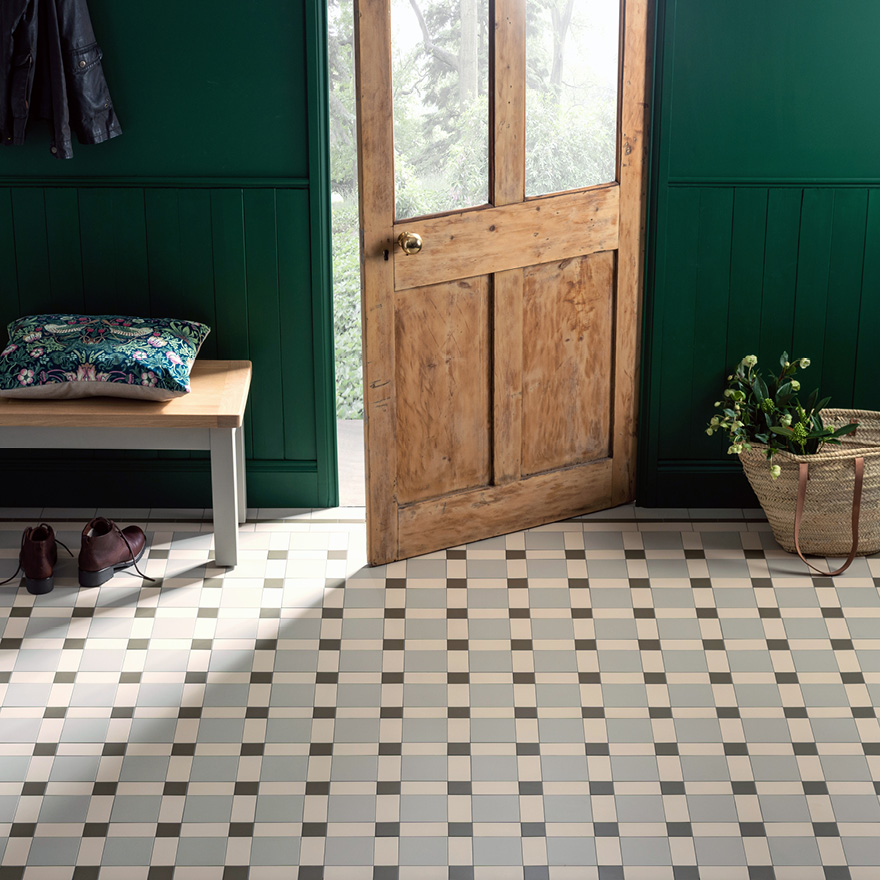
If you’re thinking about using Victorian Floor tiles in your home, garden or front path – you might be wondering where to start, especially as there are such an array of styles and colours to choose from…
Our Victorian Floor tile patterns are made up of individual pieces such as squares, rectangles, triangles and hexagons in many sizes. This allows for the creation of ample patterns, from simple checkerboards to more complex layouts that incorporate a number of pieces. Using individual pieces also allows for greater flexibility upon installation as well as a more aesthetic and authentic finish.
Colourways
Choose from a variety of colours including traditional Buff and Red, classic Black and White, contemporary greys and even pastel tones. These colours are designed to work together and complement each other in order to create a number of patterns. A really important part of selecting your Victorian Floor Tiles is taking some time to look and feel samples. You can create your own mood-boards, play around with shapes and colourways and start to think about which pattern you will opt for.
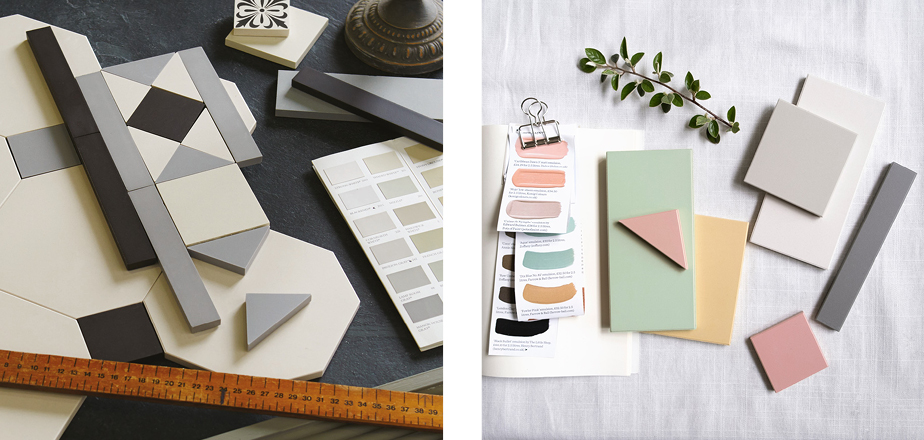
Simple Patterns
The most iconic and renowned Victorian Floor tile pattern is the simple checkerboard. We offer many pattern options in this style, Dorchester which uses smaller squares to create a more detailed pattern and Oxford which uses larger squares for a more classic look. Both of these patterns use square tiles in a ‘diamond’ layout, for a standard checkerboard style take a look at our Cambridge pattern. Most popular in black and white, these patterns will look beautiful in many colourways, we love mixing three tones together to create a more intricate look:

If you’re looking for an even simpler pattern then take a look at Whitby and Scarborough, (as shown on the left) both use rectangle shapes in a herringbone layout that look beautiful when installed in just one colour.
For something with a little more detail, take a look at the Brighton and Edinburgh patterns (right) they incorporate squares and rectangles for a more detailed but still understated look.

Detailed Patterns
Opting for a more detailed, complex pattern is a great way to create some statement style. If you’re feeling bold and looking to create a striking floor pattern we have plenty of options. Starting with some of the most symmetrical, geometric options Conway (left) and Richmond. These patterns offer more detail than those pictured above as they use more single pieces building a more intricate look.
For even more impact, take a look at our Carlisle and Hexham (right) patterns, they both incorporate hexagon and diamond shapes, perfect for creating a star-like effect for a contemporary feel.

Borders
We recommend installing a border with any Victorian Floor tile pattern, adding a border to a geometric floor pattern is like framing a beautiful picture — a border can enhance an intricate pattern and add interest to something less complex. They are practical too, bridging the sometimes awkward gaps between pattern and wall edges. Matching and contrasting borders can be made up from the huge range of plain and decorated tiles in the range.
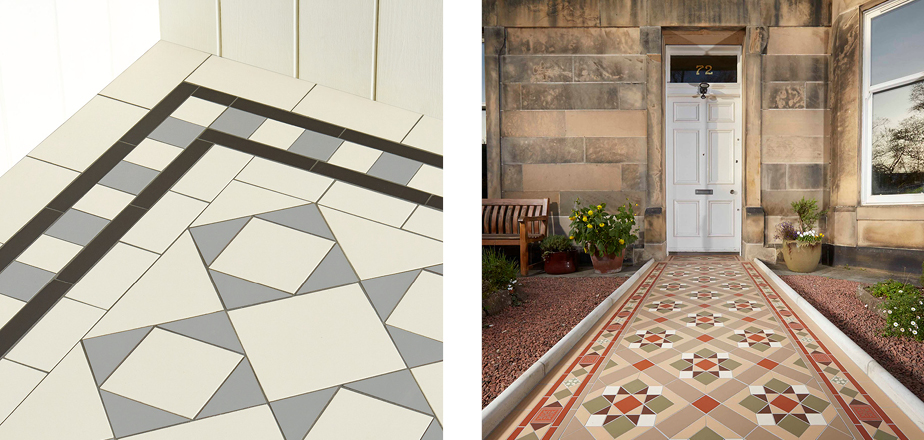
Decorated tiles
Our hand-decorated tiles come in various sizes, colours and patterns. Smaller tiles are ideal to use individually to add variety and contrast within a geometric tile pattern or border. These decorated tiles are the ideal complement to plain colours. Based on traditional Victorian designs, the decorations are in colours designed to sit alongside the geometric tiles. Choose from panels, individual drop-ins and borders and corners in differing colours and styles.
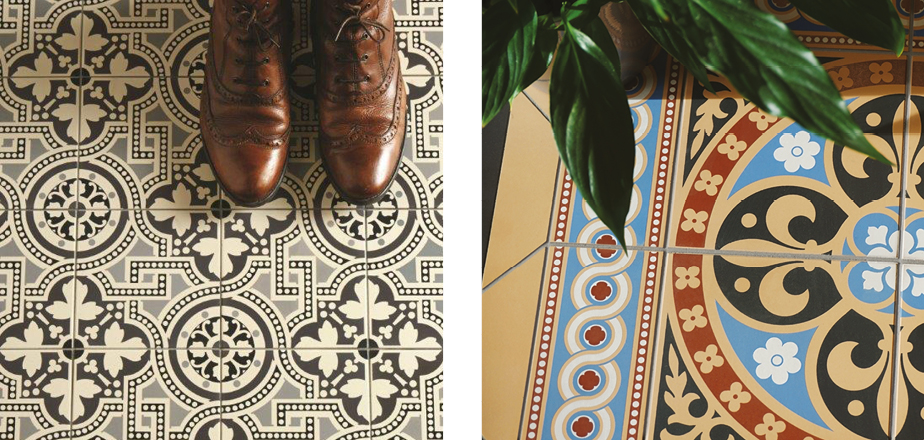
To find out more about getting started on your Victorian Floor tile project contact your local retailer.




